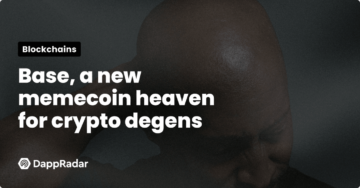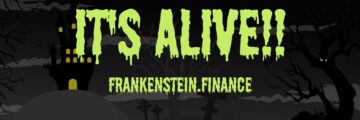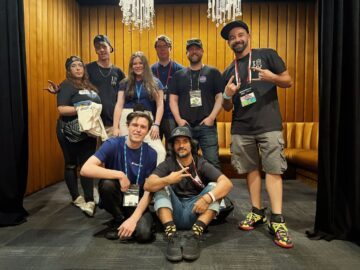An in-depth look at the valuation of NFTs in the Avastars collection
On February 7th 2020, NFT42 opened the first 5,000 Avastars to public minting as the first fully on-chain breedable NFT project. All of the collection’s digital artworks and its corresponding metadata are stored entirely on the Ethereum blockchain. Although the collection of 25,200 Avastars sold out in 13 months, it has become a referent in the current NFT avatar market.
Building a brave new world. The Avastars collection tells the story of the Avastars Corp, an organization that launched a secret mission to populate a suitable planet in a nearby solar system. The strong narrative built around the collection managed to engage its audience.
Avastars is a collection that consists of 25,200 digital pieces that were continuously generated on a random basis from 12 gene traits and more than 570 different attributes and palette colors. Avastars were listed in a 5 Series of 5,000 pieces and could be bought at different prices depending on the type (of rarity). This project was the first to store all the artwork and its corresponding metadata entirely on the Ethereum blockchain.
The valuation process of any NFT collection must consider several factors such as: the art itself, the uniqueness of its traits, the team behind the project and the utility granted by owning one or more pieces.
Table of contents
Collection overview
The Avastars collection was launched in February 2020 with its first pieces belonging to Series 1 of 5. Each Series was limited to 5,000 Avastars ‘Primes’. The fifth Series was completed at the end of July 2021, completing the initial phase of Avastars Generation 1 (Gen1) minting process.
In addition, each Avastars Generation relates to a special Series of Avastars called Genesis, Founders and Exclusives. Avastars #0 and #1 are the Genesis, the Founders can be identified by the ID which goes from #2 – #99, while Exclusive Avastars are numbered #100 – #199. The latter were mainly used for marketing and other promotions such as giveaways, special gifts and contests. Completing the 25,200 first Generation Avastars.
The Avastars generative vector allowed collectors to “discover” the pieces that were randomly generated and assigned to them via browser-based Random Number Generator (RNG). It is interesting to think that the community took part in the rarity distribution process. Thanks of variable minting prices that went from 0.07 Ξ for Common pieces to 1.2 Ξ for Legendary, investors could decide which Avastar to create. It’s worth noting that at the time of the launch, 1.2 Ξ did not surpass $300.
Whereas some collections in the NFT space are sold out in a matter of hours, Avastars took a mere 15 months to complete its minting phase. Nonetheless, Avastars is now consolidated among the most recognized NFT collections. The project has reached more than 3,250 unique users and has generated over 3,200 Ξ in total sales volume.
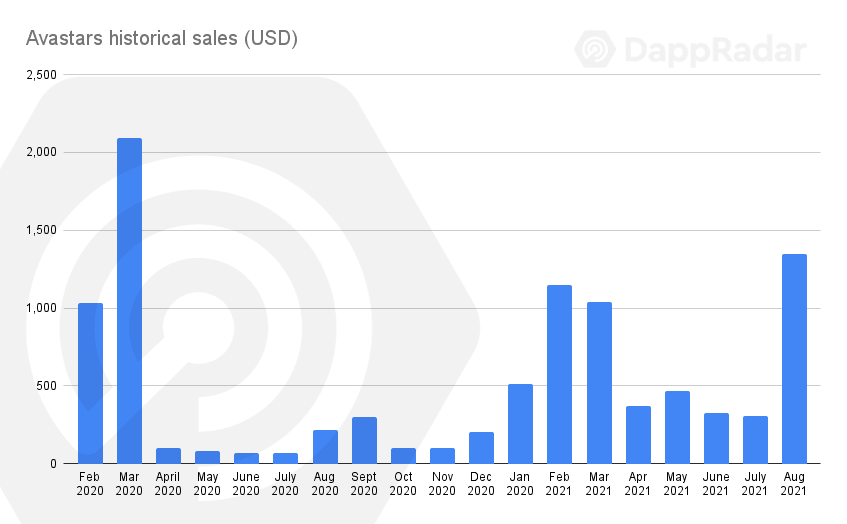
Genetic traits analysis
NOTE – The following section is based on 6,018 Avastars that were sold in a secondary market; therefore, there are thousands of Avastars containing unique traits that were not tracked for this analysis. Nonetheless, we consider the sample statistically representative to identify some patterns.
Avastars probably has the most extensive trait catalogue in the whole NFT space. Each piece is composed by a set of traits called “Genes” which include ears, hair and eye colour, backdrop among several others. Each trait contains several attributes or “Variations” that result in more than 1 quintillion possible Gen1 Avastars.
Depending on their rarity, Genes are classified into 5 levels: Legendary, Epic, Rare, Uncommon and Common. These levels were supposed to reflect the uniqueness of each trait, although Gen1 Avastars were the exception to the rule.
The combination of each of the Avastar traits makes up the Rarity Score. The Rarity Score goes from 1 to 100 and, depending on the score, a Rarity Rank is assigned following the same naming convention as in the Genes. As mentioned above, despite a Legendary rank supposedly relating to a more scarce element, there are more Legendary Avastars than there are Epic.


It is also worth noting that the Rarity Score does not always match the uniqueness of a certain trait. For instance, the Zombie and Alien skin tones which carry a Legendary trait level, were amongst the most common skin tones within the sales in scope.
Besides the Rarity Score, which strongly correlates to the price of an Avastar, there are other Genes that stand out from the rest. Not necessarily in terms of uniqueness but in higher sales values that are associated with certain traits.
Amongst the myriad of possible Genes, the ears, hair style, eyes and background color and skin tone all play an important role in the price. Focusing on the ears, we clearly observe that Square Bitcoin Earrings were the rarest type of ears found in the sales in scope. The uniqueness of this ear type directly correlates to the average price of those pieces. On the other hand, there are ear traits like the Pointed Cheese Wedge (35), Broad Opensea Stud (7) or the Narrow Bitcoin Earrings (6) that despite being rare traits, do not entail a higher sale price.
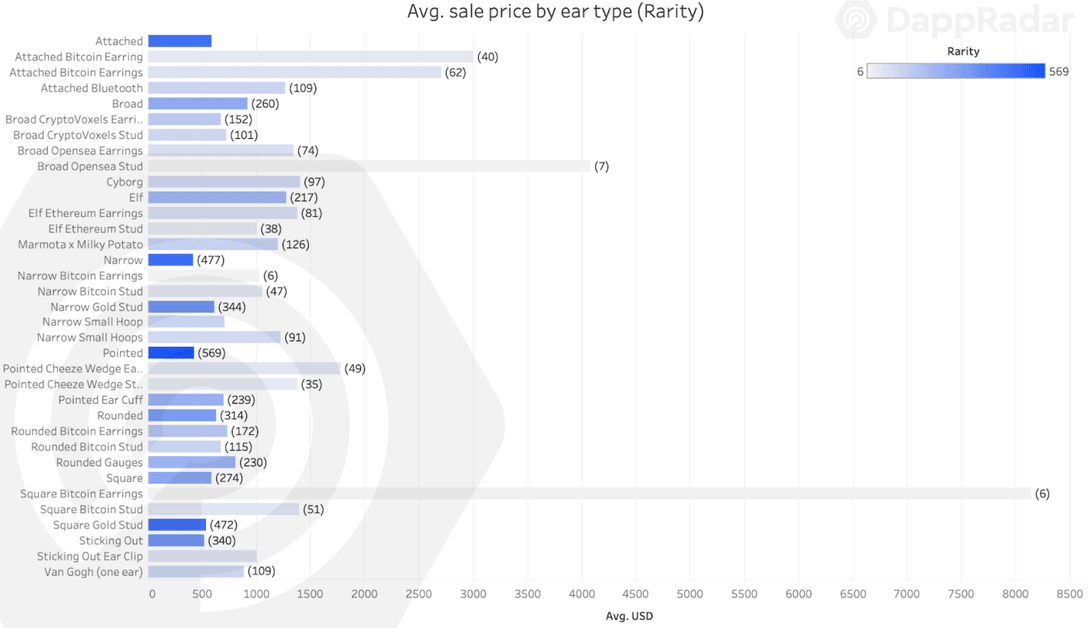

Looking at the background color, we can also observe a direct relation between certain colors and the average sales price. The Easter Egg, the rarest color of all, matches with the highest average sale price. The Pretty Pink, Spring Hug and the Pale Red Rose, three epic background colors, are being sold cheaper than the Baby Blanket and Blue Dream colors, despite the latter being uncommon traits.
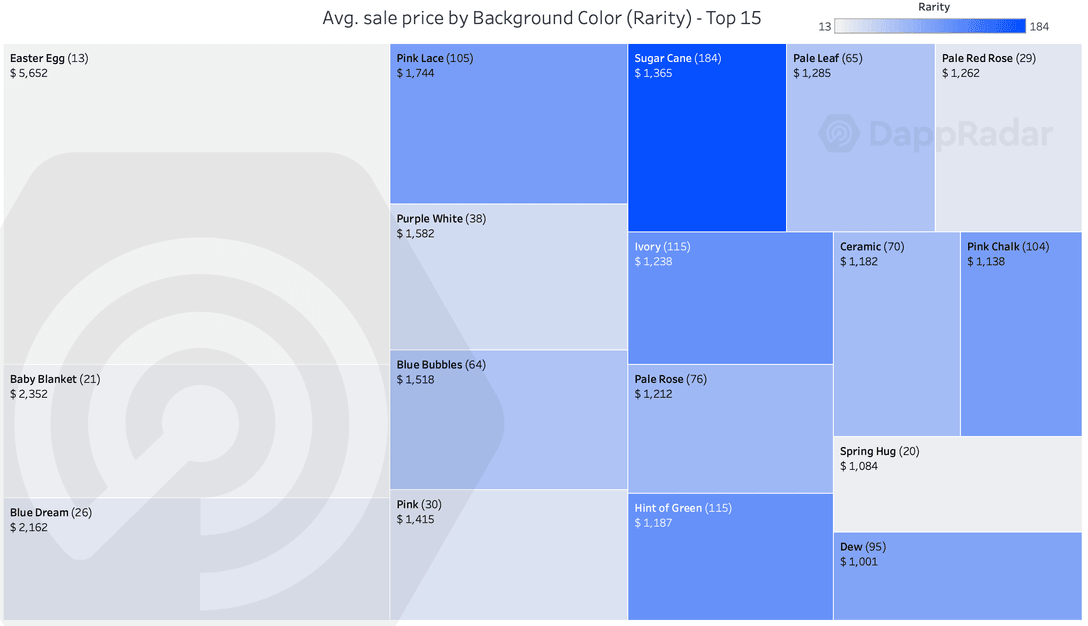

The inconsistencies between the level of certain background colors and the sales prices can be explained by the backdrops. Backdrops are another Genetic design layer that gives each Avastar a unique aesthetic design. So, even though the background colors directly correlate to a piece’s price, the combination of backdrops and background colors make some pieces really unique.
The same happens with the skin tone, and with most of the other traits. As previously mentioned, Legendary skin tones appear in several pieces, downgrading their uniqueness. Whereas the Pastel Pink (Epic) or the Navaho White (Rare) were not so common, driving their average sale price upwards.


It is almost impossible to analyze all the potential combinations offered by the Avastars generative algorithm, however, certain patterns can be drawn. The Rarity Score is an important indicator for the collection, although scarcer does not necessarily translate into higher values in the Avastars world. As previously mentioned, there are certain traits and combinations that appreciate the price of a piece more than others. Also, it is important to have in mind that aesthetics play an important role whilst evaluating NFTs.


Replicants added utility
Probably the biggest added utility that rewards early Avastars investors is the option to mint Replicants. This feature was enabled once the first Generation of Primes was completed and is expected to begin during October 2021. Avastars Replicants will result by combining some of the traits contained in the Primes held by a single wallet. As previously mentioned, the first 25,200 Avastars that were minted are also known as Primes.
Since the trait’s replication feature is limited to one single event, the supply of Replicants will be no larger than the amount of Primes. Primes and Replicants will be all part of Avastars Gen1. Depending on the project’s Gen1 success, another Generation will follow, respecting the uniqueness and rarity traits of its predecessor.
To mint Replicants, users will need from 2 to 5 different Primes that combine at least 12 traits, plus an $ART(Avastars Replicants Token) token that will be burnt in the transaction. ART tokens can be claimed by Prime holders on a 1:1 ratio depending on the number of Primes owned by a single wallet. ART is also available in certain Decentralized Exchanges like Uniswap.
By looking at the ART charts, we can also see that those individuals who were able to claim the token, took the opportunity to earn some profits expecting to buy later at a more consolidated level. Similar to what happens with airdrop tokens whose price tends to go downwards after massive sell-offs.
While the added utility is currently not as impressive as in other collections like CryptoPunks, Bored Ape Yacht Club or Ghxsts, the possibility of minting extra pieces is always enticing. Furthermore, the ART token gives owners the flexibility to mint Replicants or use it as a cryptocurrency with all its implications.
Avastars social overview
The community of Avastars played a massive role in the current state of the project. As previously mentioned, people that participated in the minting process had the opportunity to really define the final distribution of rarity levels. This mechanism is the true representation of a decentralization, an ethos widely supported by renowned NFT enthusiast Jim “J1mmy” McNelis.
Actually, Avastars were created by NFT42, a venture that focuses on NFTs (really?) founded by Jimmy. The team also features Marmota x Milky, a group of talented Brazilian art designers that were in charge of illustrating Gen1, along with a vast group of collaborators that round a complete group.
And despite not having the strongest or the most vocal members like the Bored Apes (BAYC), the community surrounding the Avastars project has continuously increased its social reach. For instance, in Twitter, the collection has reached more than 13,000 followers, which represents a 210% increase when compared to February’s numbers. Whereas on Discord, the community is quite active, inclusive, and cooperative. More than 6,200 members can access details about the project that includes relevant information for starters and timely updates.
On the other hand, looking at the macro indicators, the situation is not ideal. The Avastars collection has around 4,200 unique owners. Dividing the unique owners by the total collection size results in a 16.98% holders ratio. This ratio is not healthy for the collection, especially when compared to other NFT projects such as Meebits, whose holders ratio is close to 24% or the BAYC which surpasses 50%.
The low holders ratio is directly correlated to another important metric, the whale concentration. By analyzing the top 5 Avastars wallets, we see a 16.42% whale concentration ratio, meaning that 4,138 Avastars are owned by only 5 wallets. It is worth noting that the whale concentration ratio decreased by 5% after 1,700 Avastars were offered by Jimmy to Vee Friends holders. When the collaboration with Vee Friends was announced, the Avastars floor price spiked by almost 100%. Vee Friends creator Gary Vaynerchuk and Jimmy McNelis both share similar beliefs in the future of decentralization and NFTs.
Whilst the Avastars community has not reached the heights of other NFT projects, the social reach and the audience interest appears to be scaling up. Both the holders and the whale concentration ratios are far from ideal, yet there is a strong possibility that the owners are waiting to mint Replicants to expand the market supply for the collection. If that indeed happens, we’ll start to see more Avastars displayed as profile pictures across different platforms. Furthermore, a collaboration with another important NFT referent as Gary Vee is a strong signal for the entire project.
In summary
Although there is no straightforward manner to evaluate an Avastar, there are particular aspects that can influence their value. Starting with the Rarity Score. Despite presenting some inconsistencies between the Rarity Score and its theoretical value, it is true that the correlation is existent. For instance, Legendary Rarity Scores often relate to higher sales value, even though, for some pieces, this won’t be the case. The fact that the audience had a strong influence in the trait’s distribution is innovative and adds another layer into the collection’s rarity distribution.
Moreover, important traits to consider when evaluating an Avastar include the skin tone, eyes color and type, the ears and the combination of background and backdrops that certainly grant each piece a unique touch. However, since aesthetics play an important role in the evaluation, an unanimous assertion cannot be made.
When analyzing the Avastars from a macro perspective, although the collection feels established already, some indicators are not as strong as in other relevant NFT projects. Both the holders and whales ratio are far from ideal. Yet the project’s roadmap and potential collaborations may change the demand for the collection. As proved by the Vee Friends collection that saw the collection’s floor price almost doubled whilst several pieces became really valuable.
Finally, the utilities that came with Gen1 Avastars may easily lure future investors into the second release if/when announced. Especially after deveiling the next series of unique Replicants. It will also be interesting to monitor the ART supply as the replication phase begins. It may be both ways with holders waiting for Replicants to increase the supply, which would probably end up in the price of Primes falling down unless other features are announced. However, if everything goes as planned, holding a Gen1 would add value over the Gen2 of Avastars.
Avastars is a groundbreaking collection. It became the first fully breedable NFT collection that stores the entirety of its artwork and its metadata on chain within the Ethereum network. In addition, the web-based RNG augmented the potential supply to more than 1 quintillion combinations, engaging avid users in their discovery process. The discovery process itself is something that is still to be seen in other NFT projects. It is always important to look for projects that are built within a strong team and community, and are also able to reward investors with originality, utility and continuity. Avastars checks all the boxes.
- Bitcoin
- blockchain
- blockchain compliance
- blockchain conference
- coinbase
- coingenius
- Consensus
- crypto conference
- crypto mining
- cryptocurrency
- DappRadar
- decentralized
- DeFi
- Digital Assets
- ethereum
- machine learning
- non fungible token
- plato
- plato ai
- Plato Data Intelligence
- PlatoData
- platogaming
- Polygon
- proof of stake
- W3
- zephyrnet

